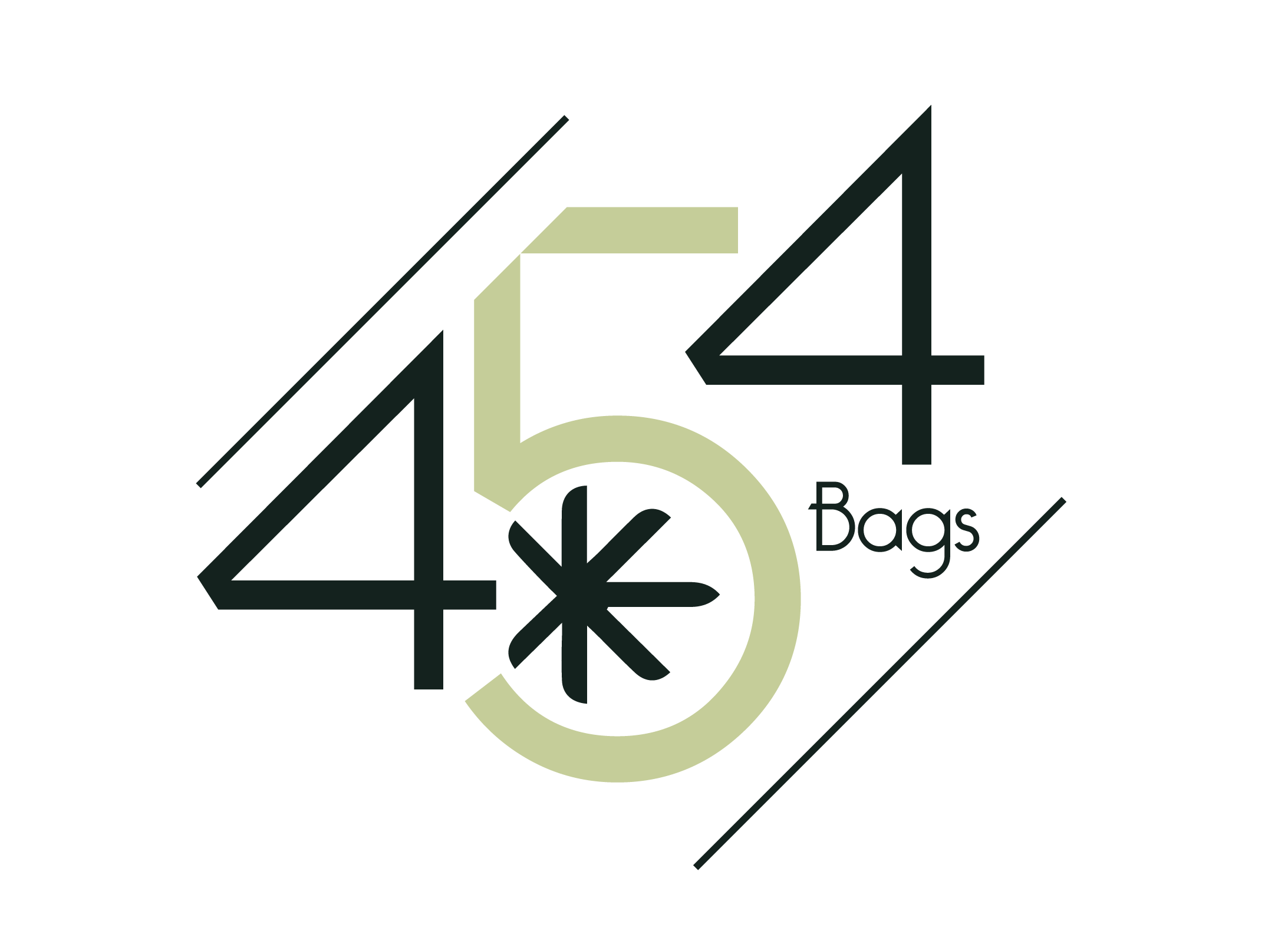The cure stage is a critical phase in cannabis cultivation that greatly impacts the final quality, flavor, and aroma of dried buds. To ensure an exceptional cure, creating the best environment in a cure room is crucial. In this enlightening blog, we will explore the factors that contribute to an ideal curing environment for cannabis. From temperature and humidity control to air circulation and light considerations, we aim to guide cultivators in preserving the desired characteristics and potency of their cured cannabis.
- Temperature Control:
a. Ideal Range:
- Maintain a temperature range of 60-70°F (15-21°C) to promote slow and controlled drying, preserving terpenes and cannabinoids.
b. Avoid Temperature Fluctuations:
- Minimize temperature fluctuations, as they can lead to uneven drying and potential degradation of valuable compounds.
- Humidity Regulation:
a. Initial Drying Phase:
- Begin with a humidity level around 50-60% to facilitate initial drying while preventing excessive moisture loss.
b. Gradual Reduction:
- Gradually decrease humidity over time to around 45-55% to slow down the drying process and allow for proper curing.
c. Avoid High Humidity:
- Excessively high humidity levels can lead to mold and mildew growth, jeopardizing the quality and safety of the cured cannabis.
- Air Circulation:
a. Adequate Ventilation:
- Ensure proper air circulation within the cure room by using fans or ventilation systems to minimize stagnant air pockets and prevent mold formation.
b. Uniform Airflow:
- Position fans strategically to promote even airflow throughout the cure room, avoiding areas of excessive humidity or temperature variation.
- Light Considerations:
a. Avoid Direct Light Exposure:
- Direct exposure to light, especially ultraviolet (UV) rays, can degrade cannabinoids and terpenes, compromising the quality of the cured cannabis. Keep the cure room dimly lit or use opaque containers.
b. Indirect Lighting:
- If lighting is necessary for monitoring or working in the cure room, opt for indirect or low-intensity lighting sources that minimize UV exposure.
- Monitoring and Adjustments:
a. Regular Monitoring:
- Continuously monitor temperature and humidity levels using hygrometers and thermometers to ensure they remain within the desired ranges.
b. Adjustments as Needed:
- Make necessary adjustments to temperature, humidity, or air circulation based on the characteristics and drying progress of the cannabis in the cure room.
Creating the best environment in a cannabis cure room is essential for achieving a high-quality and consistent cure. By carefully controlling temperature, humidity, air circulation, and light exposure, cultivators can preserve the flavor, aroma, and potency of their cured cannabis. Regular monitoring and adjustments ensure that the curing environment remains optimal throughout the process. Embrace the art of curing and cultivate cannabis that embodies the desired characteristics through a well-maintained cure room environment.

